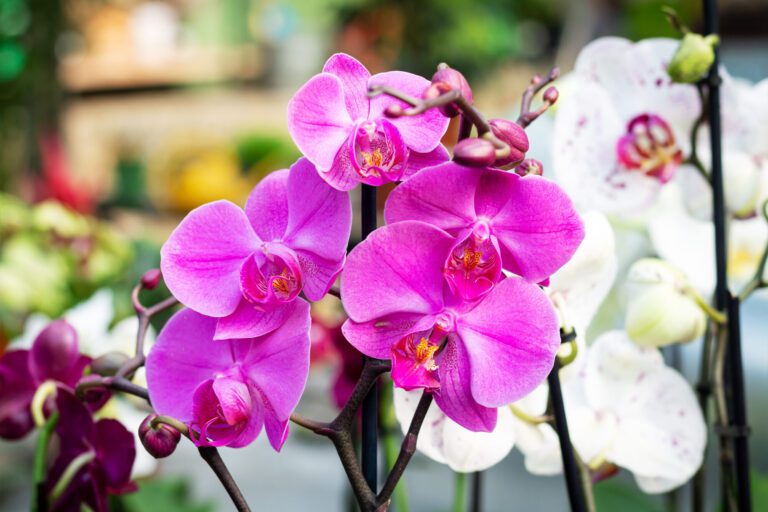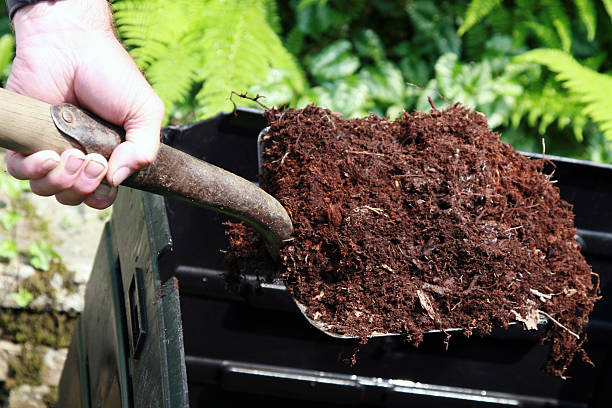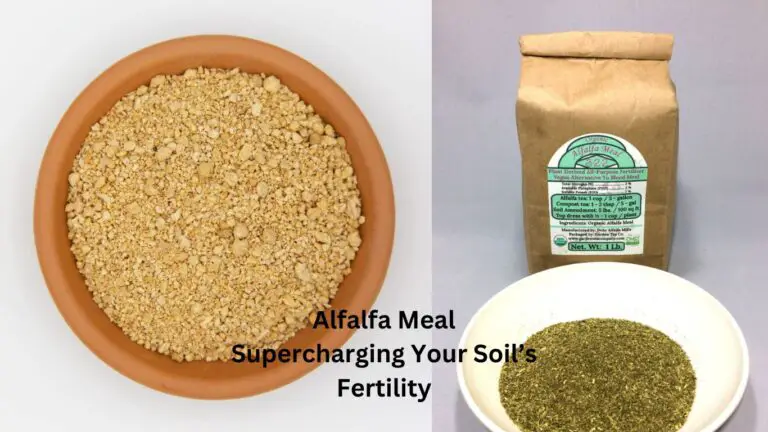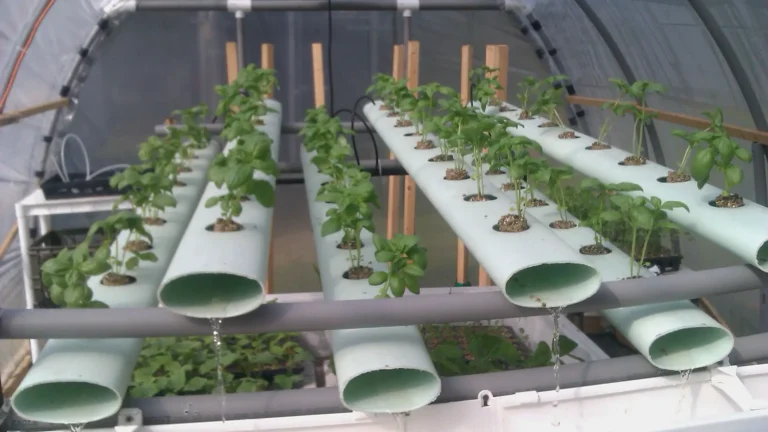Magnesium (Mg) Nutrient Deficiencies: Causes, Symptoms, and Solutions for Your Plants
Ever wondered why your plants look a bit under the weather despite your tender care? It might just be a case of magnesium deficiency sneaking up on them. Yes, plants can get hangry too! In this comprehensive guide, we’ll delve into the causes, symptoms, and simple solutions to tackle this nutrient hiccup head-on. From stunted growth to yellowing leaves, we’ll uncover the telltale signs your green buddies might be silently screaming for magnesium. But fear not, fellow gardeners! Armed with the right knowledge and a sprinkle of wit, you’ll be rescuing your plants from nutrient woes like a seasoned horticultural hero. Let’s dig in and give your green pals the TLC they deserve!
Table of Contents
Causes of Magnesium (Mg) Nutrient Deficiencies in Plants
Magnesium (Mg) nutrient deficiencies in plants can occur due to various factors.
- Low Soil Magnesium Levels:
- Naturally low magnesium content in the soil.
- Depletion over time due to leaching or erosion.
- Certain soil types (e.g., sandy soils) are more prone to deficiencies.
- Imbalanced Soil pH:
- Acidic Soil (pH below 6):
- Binds magnesium, reducing its availability to plants.
- Alkaline Soil (pH above 7.2):
- Reduces magnesium uptake by plants.
- Acidic Soil (pH below 6):
By addressing these factors, growers can mitigate magnesium deficiencies and promote healthy spinach growth. 🌿🌱
Common Symptoms of Magnesium (Mg) Nutrient Deficiencies in Plants
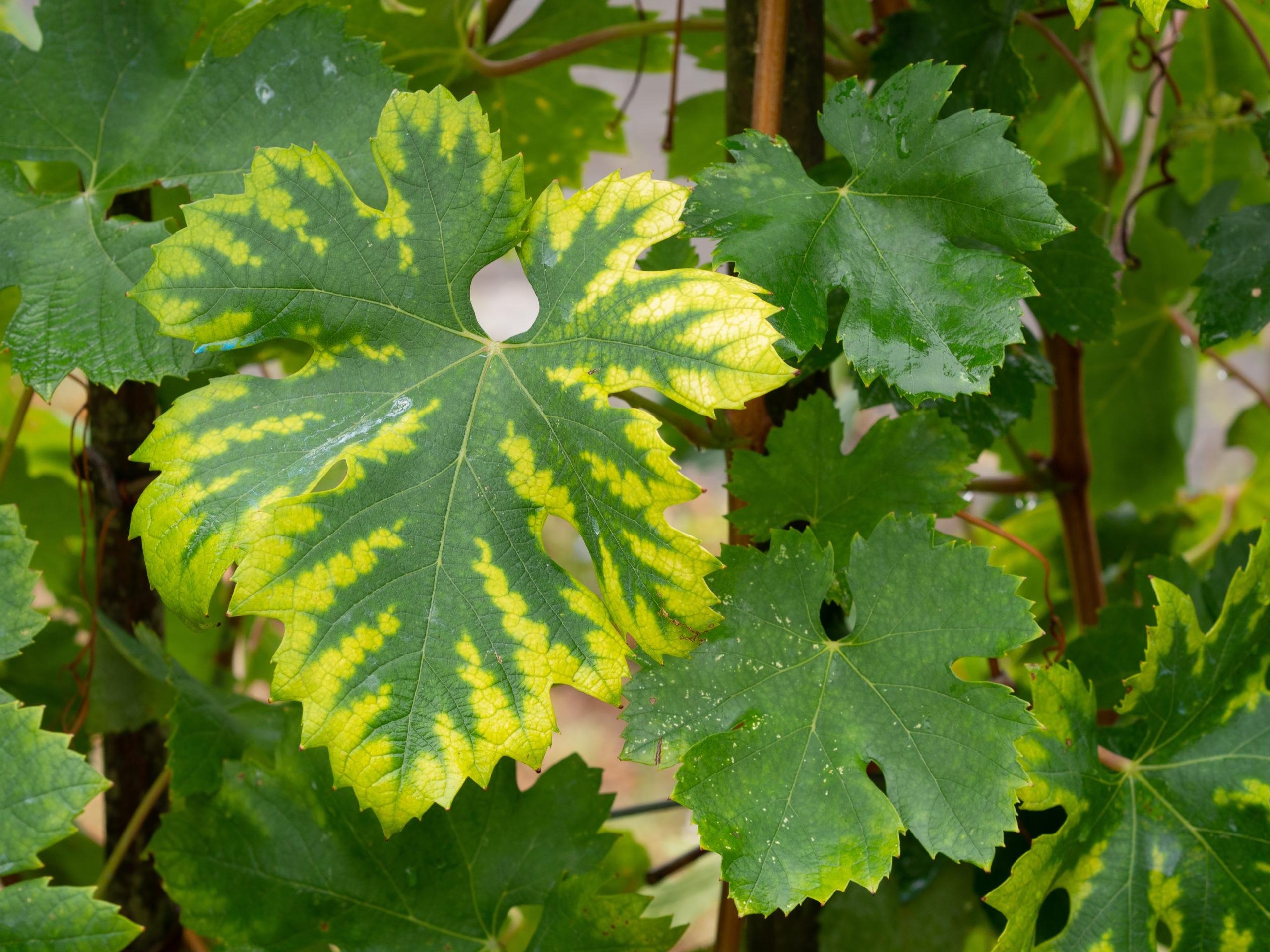
Plants require various essential nutrients for their growth and development, and magnesium (Mg) is one such crucial nutrient.
- However, magnesium deficiency is a common issue faced by many plants, resulting in noticeable symptoms.
- By familiarizing yourself with these symptoms, you can identify magnesium deficiencies early on and take appropriate measures to rectify them.
- One of the most common symptoms of magnesium deficiency in plants is yellowing of the leaves, usually starting from the lower leaves and gradually spreading to the upper ones.
- This yellowing typically occurs in the space between the veins, while the veins themselves remain green.
- This distinctive pattern is known as interveinal chlorosis.
- If left untreated, this condition can progress, eventually leading to necrosis and death of affected leaves.
- In severe cases, plants may also exhibit stunted growth and develop smaller, misshapen leaves.
Recognizing the Early Signs of Magnesium (Mg) Nutrient Deficiencies in Plants
Recognizing the early signs of magnesium (Mg) nutrient deficiencies in plants is crucial for maintaining their optimal health and growth. Magnesium plays a vital role in various physiological processes within plants, including chlorophyll production, enzyme activation, and carbohydrate metabolism. When plants lack sufficient magnesium, they exhibit specific symptoms that can help gardeners identify and address nutrient deficiencies in a timely manner.

- Chlorosis:
- Older leaves turn yellow, progressing inward toward the veins.
- Leaf edges remain green.
- Reduced chlorophyll levels affect photosynthesis.
- Overall stunted growth.
- Interveinal Chlorosis:
- Veins of leaves remain green.
- Spaces between veins turn yellow.
- Thin and Brittle Leaves:
- Magnesium deficiency affects leaf structure.
By understanding the symptoms associated with magnesium deficiency, gardeners can intervene with appropriate fertilization techniques and maintain adequate magnesium levels in the soil for the benefit of their plants.
Impact of Magnesium (Mg) Nutrient Deficiencies on Plant Growth and Development
Magnesium (Mg) is an essential nutrient for plant growth and development. Its deficiency can have a significant impact on the overall health and productivity of plants. When plants lack sufficient magnesium, they experience a range of symptoms that can impair their ability to carry out essential metabolic processes. These symptoms often manifest in the older leaves, where interveinal chlorosis, or yellowing between the veins, becomes apparent.
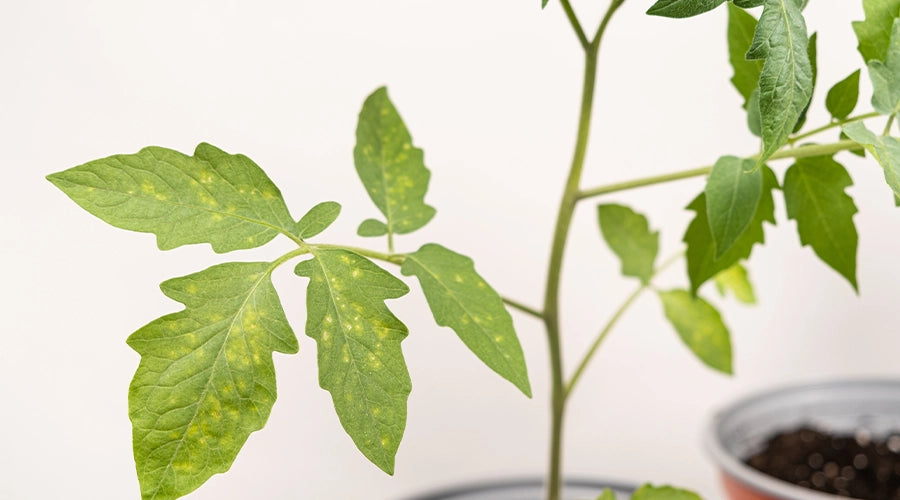
- Reduced photosynthetic capacity: Magnesium deficiency inhibits proper synthesis of chlorophyll, the pigment essential for capturing light energy during photosynthesis.
- Stunted growth: With impaired chlorophyll production, plants experience decreased photosynthetic efficiency, resulting in slower growth rates.
- Decreased flower and fruit production: Magnesium deficiency limits the energy available for flowering and fruiting processes, leading to reduced yields.
- Poor plant vigor: Insufficient magnesium hampers enzymatic reactions crucial for protein and nucleic acid synthesis, compromising overall plant health and vigor.
- Disrupted biochemical processes: Magnesium deficiency disrupts enzymatic reactions vital for various biochemical processes within plants, affecting growth and development.
- Impaired nutrient uptake: Without adequate magnesium, plants struggle to absorb other essential nutrients like potassium and calcium, further impacting their growth and nutrient balance.
- Potential yield losses: The cumulative effects of magnesium deficiency can significantly decrease crop yields and compromise the health of plants, both in gardens and agricultural fields.
Understanding the Role of Magnesium (Mg) in Plant Nutrition
Magnesium (Mg) is a vital nutrient for plants, playing a critical role in various physiological processes. As an essential component of chlorophyll, magnesium is directly involved in photosynthesis, the process by which plants convert sunlight into energy. Without sufficient magnesium, plants struggle to produce chlorophyll, leading to a decline in photosynthetic efficiency. This deficiency can manifest in yellowing of the leaves, known as chlorosis, which affects the overall growth and development of the plant.

- Chlorophyll Component:
- Magnesium is a structural component of chlorophyll, essential for photosynthesis.
- Chlorophyll captures light energy and converts it into chemical energy.
- Enzyme Activation:
- Magnesium activates enzymes involved in metabolic processes:
- Carbohydrate synthesis
- Protein synthesis
- Lipid synthesis
- Respiration
- Hormone production
- Magnesium activates enzymes involved in metabolic processes:
- Nutrient Utilization:
- Adequate magnesium ensures efficient nutrient and energy utilization.
- Deficiencies hinder enzymatic reactions, leading to stunted growth and reduced yields.
- Plant Health and Vigor:
- Magnesium deficiency increases susceptibility to biotic and abiotic stresses.
- Optimizing magnesium levels promotes overall plant health and productivity.
Factors Affecting Magnesium (Mg) Availability in Soil for Plants
Factors affecting magnesium (Mg) availability in soil play a crucial role in determining the nutrient levels accessible to plants.

It is important for gardeners and farmers to understand these factors affecting magnesium availability in soil. By assessing soil pH, CEC, and texture, appropriate measures can be taken to optimize magnesium levels and ensure optimal plant growth and development.
Testing Soil for Magnesium (Mg) Levels: Methods and Importance
When it comes to ensuring optimal plant nutrition, testing soil for magnesium (Mg) levels plays a crucial role. By understanding the methods and importance of testing soil for magnesium, gardeners and farmers can identify potential deficiencies and take appropriate measures to address them.
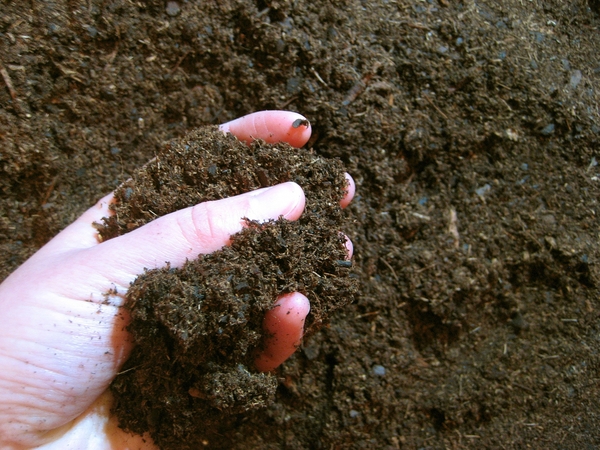
- Soil Test Kits: Widely available and cost-effective, soil test kits offer a convenient method for analyzing soil magnesium levels. They typically involve collecting a soil sample and using a reagent or indicator to determine magnesium concentration.
- Importance of Accurate Testing: Magnesium is essential for numerous plant physiological processes. As a central component of chlorophyll, it’s crucial for photosynthesis. Additionally, magnesium aids in the uptake and transportation of other vital nutrients like phosphorus and potassium.
- Role in Plant Health: Understanding soil magnesium levels is pivotal for maintaining plant health and optimizing growth potential. By ensuring adequate magnesium availability, gardeners can support healthy chlorophyll production, nutrient uptake, and overall plant vigor.
By testing for magnesium, gardeners can identify deficiencies early on and take corrective measures to ensure optimal plant nutrition.
I recently tried the MySoil soil test kit for my garden, and I’m thoroughly impressed. The process was straightforward, from collecting soil samples to receiving detailed nutrient recommendations. The results were incredibly accurate, highlighting specific deficiencies and guiding me on precisely what amendments my soil needed. It’s undoubtedly a game-changer for any gardener serious about optimizing their soil for healthy plant growth.
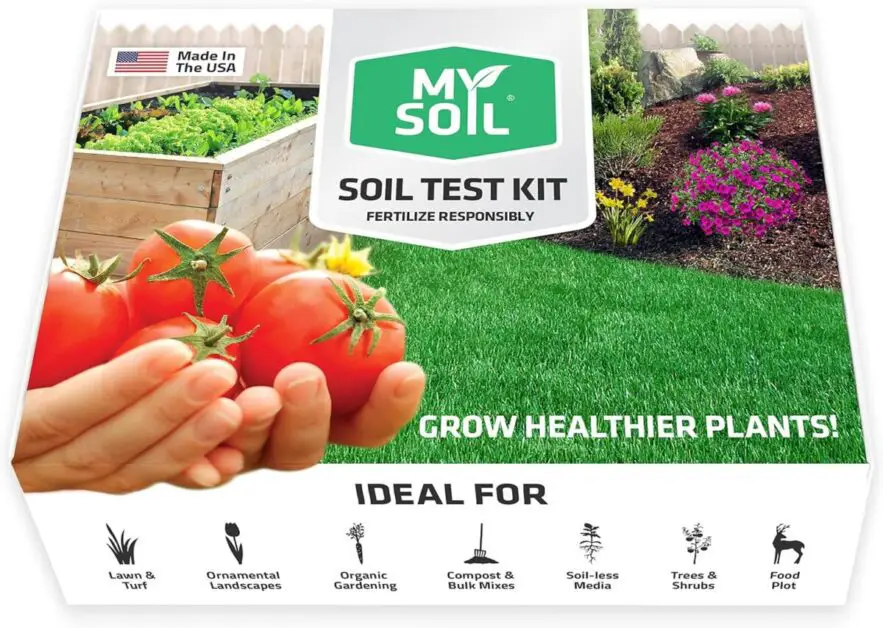
✅ Easy to Use: The kit is designed for easy at-home use, with clear instructions for collecting soil samples and interpreting the results.
✅ Accurate Results: Users report accurate and reliable results, giving them confidence in adjusting their soil amendments accordingly.
✅ Saves Money: By identifying nutrient deficiencies or imbalances, the kit helps users avoid over-fertilizing or applying unnecessary amendments, ultimately saving money in the long run.
✅ Promotes Sustainable Gardening: By providing tailored recommendations, the kit encourages sustainable gardening practices by minimizing waste and promoting efficient nutrient utilization.
❌ Limited Number of Tests: Depending on the size of your garden or the frequency of testing, the number of tests included in the kit may be insufficient for long-term use without purchasing additional kits.
❌ Time Consuming: The process of collecting soil samples, conducting tests, and waiting for results can be time-consuming, especially for those with busy schedules or impatient gardeners eager to make immediate adjustments.
❌ Interpretation Complexity: While the kit provides detailed nutrient recommendations, interpreting the results may require some background knowledge or research, which could be challenging for beginners.
❌ External Factors: The accuracy of the results may be influenced by external factors such as soil moisture levels, sampling technique, and environmental conditions, potentially leading to variations in results.
Strategies for Preventing Magnesium (Mg) Nutrient Deficiencies in Plants
To ensure optimal growth and development of plants, it is crucial to prevent magnesium (Mg) nutrient deficiencies. Implementing effective strategies can help maintain adequate magnesium levels in the soil, promoting healthy plant growth.
- Incorporate Organic Matter:
- Add compost, manure, or cover crops to the soil.
- Organic matter acts as a magnesium reservoir, releasing it slowly over time.
- Maintain Proper Soil pH:
- Aim for a slightly acidic to neutral pH range (around 6.0-7.0).
- Optimal pH facilitates magnesium availability.
- Regularly test soil pH and adjust as needed.
By following these strategies, you’ll promote healthy spinach growth and prevent magnesium deficiencies. 🌿🌱
Correcting Magnesium (Mg) Nutrient Deficiencies in Plants: Fertilization Techniques
Magnesium (Mg) nutrient deficiencies in plants can have a significant impact on their growth and overall health. Fortunately, correcting these deficiencies can be achieved through effective fertilization techniques. By understanding the principles behind fertilizing with magnesium, gardeners and agriculturists can ensure the optimal health and productivity of their plants.
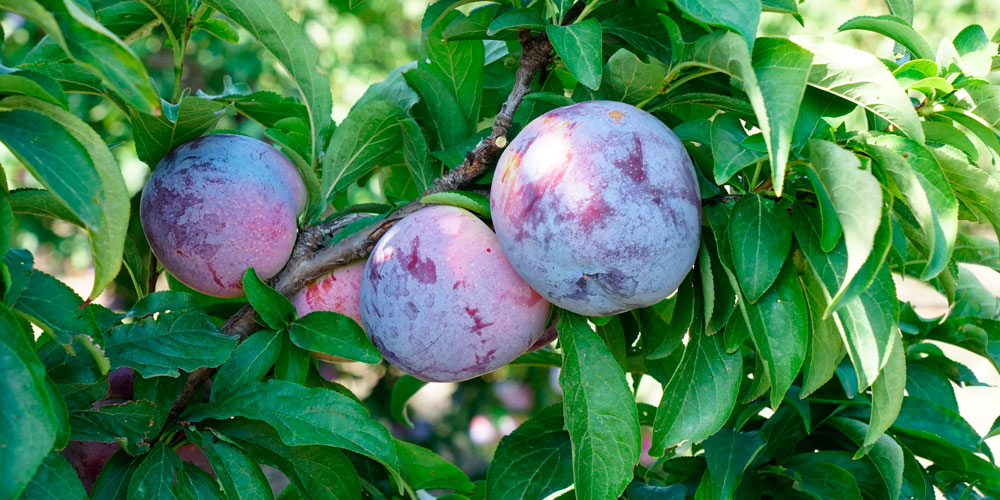
- Magnesium Fertilizers:
- Magnesium sulfate (Epsom salt) is a commonly used magnesium fertilizer.
- It contains soluble magnesium that can be absorbed by plant roots.
- Epsom salt can be applied in two ways:
- Granular Application: Sprinkle it directly onto the soil surface.
- Foliar Spray: Dissolve it in water and spray it directly onto the leaves.
- Provides an immediate source of magnesium, promoting healthy foliage growth.
- Specialized Formulations:
- There are specialized magnesium fertilizers formulated to correct deficiencies.
- These products often contain other essential nutrients for balanced plant nutrition.
- Follow recommended dosage instructions based on deficiency severity, soil type, and plant species.
- Application Considerations:
- Apply magnesium fertilizers at the right time (timely application).
- Consider overall nutrient balance in the soil.
- Be aware of interactions with other essential nutrients.
- Holistic Approach:
- Think beyond magnesium alone.
- Consider other essential nutrients (nitrogen, phosphorus, potassium, etc.).
- Create an environment where plants can thrive.
Remember, successful plant growth involves not only correcting deficiencies but also maintaining a balanced nutrient supply. Happy gardening! 🌱🌿🌼
After using Epsoak Epsom salt in my garden, I’m pleased with the results. It dissolved easily in water, allowing for convenient application either directly to the soil or as a foliar spray. I noticed a significant improvement in the health and vigor of my plants, particularly those showing signs of magnesium deficiency. The resealable packaging kept the product fresh for future use, adding to its convenience. Overall, it’s a cost-effective solution for addressing nutrient deficiencies and promoting healthier growth in my garden.
- Versatile Use: Epsoak Epsom salt is a versatile product that can be used in gardening to provide magnesium and sulfur to plants, promoting healthy growth.
- Affordable: Compared to other soil amendments, Epsom salt is relatively inexpensive, making it accessible for budget-conscious gardeners.
- Soluble: The salt dissolves easily in water, allowing for quick absorption by plants when applied as a soil amendment or foliar spray.
- Nutrient Boost: Magnesium and sulfur are essential nutrients for plant development, helping to improve chlorophyll production, nutrient uptake, and overall plant vigor.
- Resealable Packaging: The resealable bag ensures the product remains fresh and dry between uses, preventing clumping and maintaining its effectiveness.
- Limited Nutrients: While beneficial for magnesium and sulfur deficiencies, Epsom salt does not provide a comprehensive range of nutrients, so it should be used in conjunction with other fertilizers for balanced plant nutrition.
- Potential Overuse: Excessive application of Epsom salt can lead to nutrient imbalances in the soil, particularly if magnesium levels become too high, affecting plant health and growth.
- Environmental Impact: The mining and production of Epsom salt can have environmental implications, so it’s important to consider the sustainability of its sourcing and usage.
- Specific Application: Epsom salt is primarily used to address specific nutrient deficiencies in plants, so it may not be suitable for all gardening situations or soil types.
- Dilution Required: When using Epsom salt as a foliar spray, it must be diluted properly to avoid damaging plant foliage, requiring careful measurement and application.
Choosing the Right Magnesium (Mg) Fertilizer for Your Plants
When choosing the right magnesium (Mg) fertilizer for your plants, it is important to consider a few key factors.
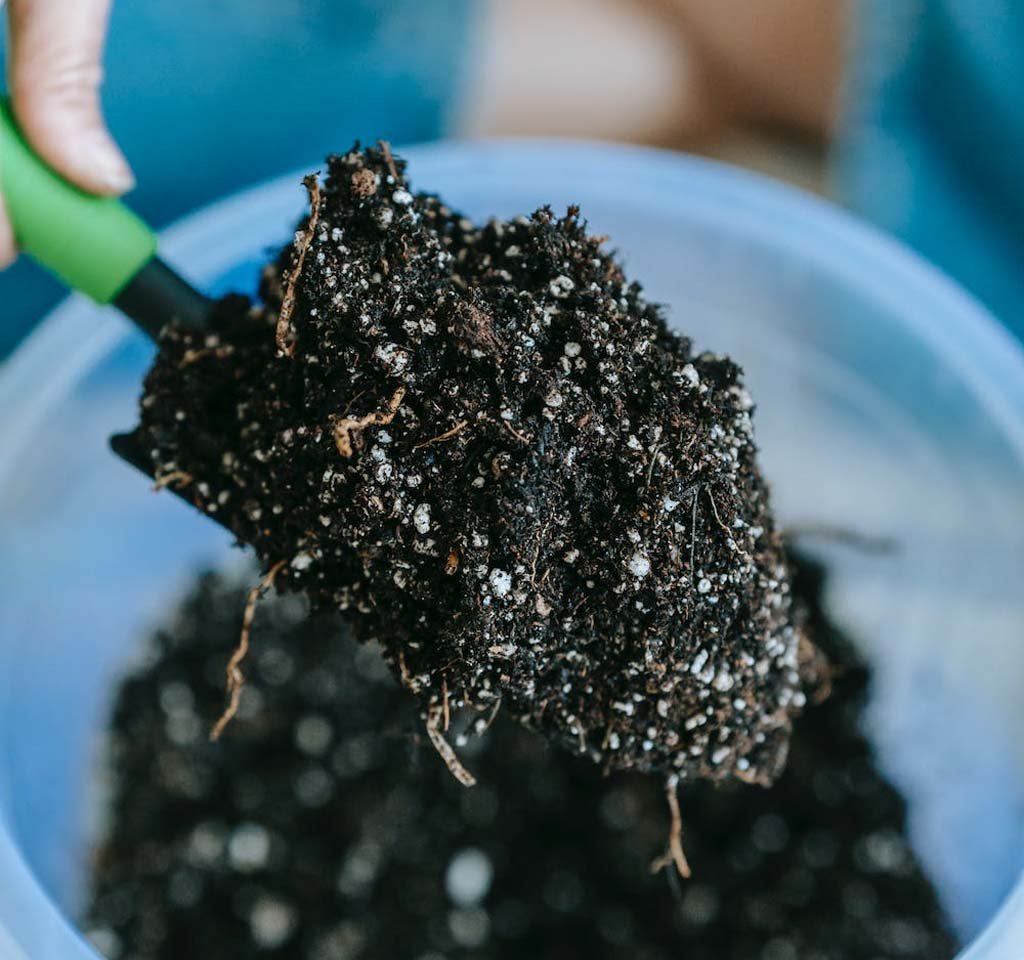
- Consider Plant Needs: Different plant species have varying magnesium requirements, so select a fertilizer tailored to meet those specific needs.
- Magnesium Forms: Fertilizers come in various forms, such as magnesium sulfate, magnesium oxide, and magnesium chelate, each with distinct benefits and applications.
- Solubility: The solubility of magnesium fertilizer affects its availability for plant uptake. Highly soluble fertilizers provide quick magnesium access, while slow-release options offer sustained release over time.
- Soil pH: Soil pH influences magnesium availability and uptake. Choose a fertilizer formulated for your soil’s pH, whether acidic or alkaline, to ensure optimal results.
In conclusion, choosing the right magnesium fertilizer requires careful consideration of your plants’ needs, the form of magnesium, solubility, and the pH of your soil. By selecting a fertilizer that addresses these factors, you can ensure that your plants receive the necessary magnesium for optimal growth and development.
(Note: The article should continue with more information and discussion on this topic)
Dosage and Application Instructions for Magnesium (Mg) Fertilizers
Dosage and application instructions for magnesium (Mg) fertilizers are essential for ensuring optimal plant health and addressing nutrient deficiencies. The correct dosage and application method will vary depending on factors such as plant species, soil pH, and the severity of magnesium deficiency. It is crucial to carefully follow the recommendations provided by manufacturers or agronomists to achieve the desired results.
- Even Distribution:
- Granular Application: Spread the magnesium fertilizer granules evenly across the soil surface.
- Foliar Spray: Spray the liquid solution uniformly on the leaves.
- Incorporate the fertilizer into the soil through light cultivation or irrigation to prevent runoff.
- Dosage Calculation:
- Soil Testing: Conduct soil tests to determine existing magnesium levels.
- Recommended Application Rate:
- Given in pounds (lb) or kilograms (kg) of magnesium per:
- Acre: Common for larger agricultural areas.
- Square Meter: Suitable for smaller gardens or hydroponic setups.
- Given in pounds (lb) or kilograms (kg) of magnesium per:
- Consult local extension offices or agricultural experts for precise dosage recommendations based on crop type and soil conditions.
Examples
- For example, if you have a 100 square meter garden and your soil test indicates a magnesium deficiency, you might apply 2 kg of magnesium per square meter (totaling 200 kg for the entire area).
- Adjust the dosage based on your specific situation and crop requirements. Remember to follow local guidelines and expert advice for optimal results! 🌱🌿🌼
In conclusion, following the correct dosage and application instructions for magnesium fertilizers is crucial for addressing nutrient deficiencies and promoting healthy plant growth. By ensuring an even distribution and calculating the appropriate dosage, gardeners can optimize magnesium uptake by plants, leading to improved overall plant health and productivity.
| Dosage and Application of Magnesium Fertilizers | Key Actions and Considerations |
|---|---|
| 1. Soil Test Analysis | – Initial Soil Test: Conduct a soil test to determine magnesium levels. |
| – Recommendation Interpretation: Follow the recommended application rates. | |
| 2. Choose the Right Fertilizer | – Magnesium Source: Select a suitable magnesium fertilizer (e.g., Epsom salt). |
| – Compatibility: Ensure compatibility with other fertilizers if combined. | |
| 3. Determine Application Frequency | – Plant Growth Stage: Adjust application frequency based on plant growth stages. |
| – Seasonal Variations: Consider seasonal variations in nutrient uptake. | |
| 4. Application Rates | – Follow Recommendations: Adhere to recommended application rates from soil tests. |
| – Avoid Overuse: Excessive magnesium can lead to nutrient imbalances. | |
| 5. Broadcast or Band Application | – Broadcasting: Spread fertilizer evenly across the soil surface for general application. |
| – Band Placement: Concentrate fertilizer in bands for targeted application. | |
| 6. Incorporate into Soil | – Incorporate Properly: Mix the magnesium fertilizer into the soil during planting or cultivation. |
| – Depth of Incorporation: Follow recommended depths for proper incorporation. | |
| 7. Foliar Application (if needed) | – Consideration: Evaluate the need for foliar application based on visual symptoms. |
| – Timing and Dilution: Apply foliar spray during suitable weather conditions with proper dilution. | |
| 8. Monitor Plant Response | – Visual Inspection: Regularly monitor plants for signs of magnesium deficiency or excess. |
| – Adjust as Necessary: Modify future applications based on plant response. |
Additional Nutrients to Consider for Optimal Plant Health
Nutrition for plants is a complex process that involves various nutrients working together to support optimal growth and health. While magnesium (Mg) is essential, there are other nutrients that are equally important to consider for optimal plant health.
- Nitrogen (N):
- Role: Crucial for plant growth and development.
- Functions:
- Component of amino acids, proteins, and chlorophyll.
- Vital for photosynthesis and overall plant function.
- Deficiency Symptoms:
- Stunted growth.
- Yellowing of leaves (chlorosis).
- Reduced yield.
- Application:
- Use nitrogen-rich fertilizers (e.g., ammonium nitrate, urea) to address deficiencies.
- Phosphorus (P):
- Role: Essential for energy transfer and storage.
- Functions:
- Component of ATP (adenosine triphosphate).
- Critical for root development, flowering, and fruit production.
- Deficiency Symptoms:
- Poor root growth.
- Delayed maturity.
- Decreased plant vigor.
- Application:
- Apply phosphorus-containing fertilizers (e.g., superphosphate, bone meal) as needed.
To ensure optimal plant health, it is important to provide a balanced supply of nitrogen and phosphorus, along with other necessary nutrients, in the appropriate amounts.
Best Practices for Maintaining Magnesium (Mg) Levels in Soil for Plant Nutrition
Maintaining optimal levels of magnesium (Mg) in soil is crucial for the overall health and nutrition of plants. As a gardener or plant enthusiast, there are several best practices you can employ to ensure that your plants have an adequate supply of this essential nutrient.
- Regular Soil Testing: Regularly test soil magnesium levels through simple tests or laboratory analysis to assess plant needs and take appropriate actions.
- Source of Magnesium Supplementation: Consider organic sources like compost, manure, or mulch for slow-release magnesium supplementation. Alternatively, inorganic fertilizers offer immediate magnesium boosts.
- Selecting the Right Fertilizer: Choose fertilizers based on plant needs and soil characteristics, ensuring optimal magnesium supplementation for healthy plant growth.
Be sure to follow dosage and application instructions carefully to prevent over or under fertilization.
For more information watch video:
FAQ
What are some natural sources of magnesium for plants?
Some natural sources of magnesium for plants include dolomite lime, Epsom salt, and composted manure.
Can excessive rainfall lead to magnesium deficiency in plants?
Yes, excessive rainfall can leach magnesium from the soil, leading to magnesium deficiency in plants.
Is it possible to over-fertilize plants with magnesium?
Yes, it is possible to over-fertilize plants with magnesium. This can cause nutrient imbalances and negatively affect plant growth.
Can magnesium deficiency affect the color of plant leaves?
Yes, magnesium deficiency can cause yellowing or chlorosis of plant leaves, particularly in the older leaves.
Are there any specific plants that are more prone to magnesium deficiency?
Yes, some plants that are more prone to magnesium deficiency include tomatoes, potatoes, roses, and citrus trees.
How often should soil be tested for magnesium levels?
Soil should be tested for magnesium levels at least once every 3-4 years to ensure optimal plant nutrition.
Can magnesium deficiency be corrected through foliar application?
Yes, foliar application of magnesium fertilizers can be effective in correcting magnesium deficiency in plants.
What are some signs of magnesium excess in plants?
Signs of magnesium excess in plants can include dark green or bluish-green leaves, reduced growth, and nutrient imbalances.
Can magnesium deficiency affect fruit quality?
Yes, magnesium deficiency can negatively impact fruit quality, leading to smaller or stunted fruits.
Are there any organic methods to increase magnesium levels in soil?
Yes, organic methods to increase magnesium levels in soil include incorporating organic matter, using compost, and adding seaweed or kelp extracts.

Studied Agricultural Engineering-Plant Protection at University of California, Davis.
Head of Content writing team at Southelmontehydroponics.com



